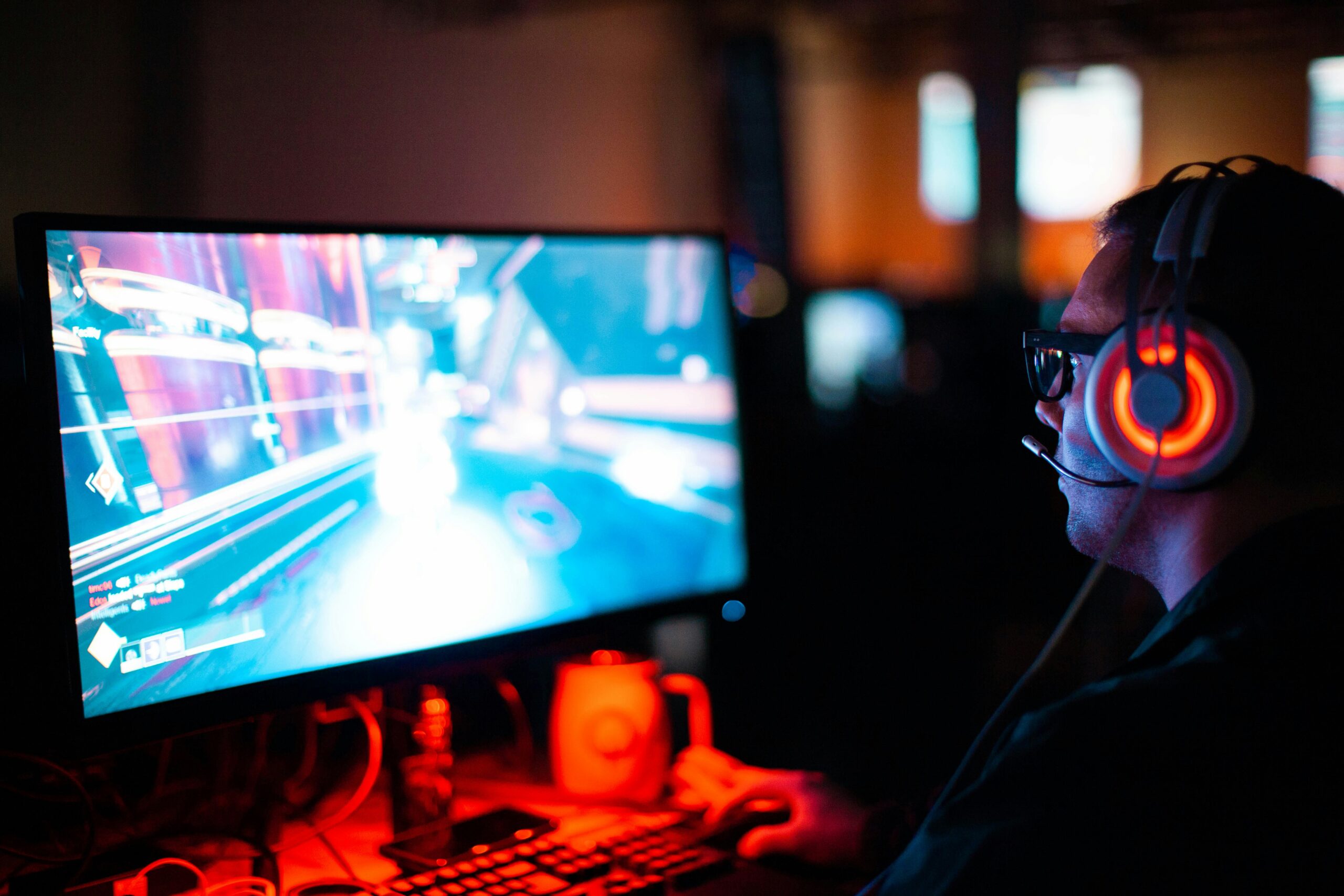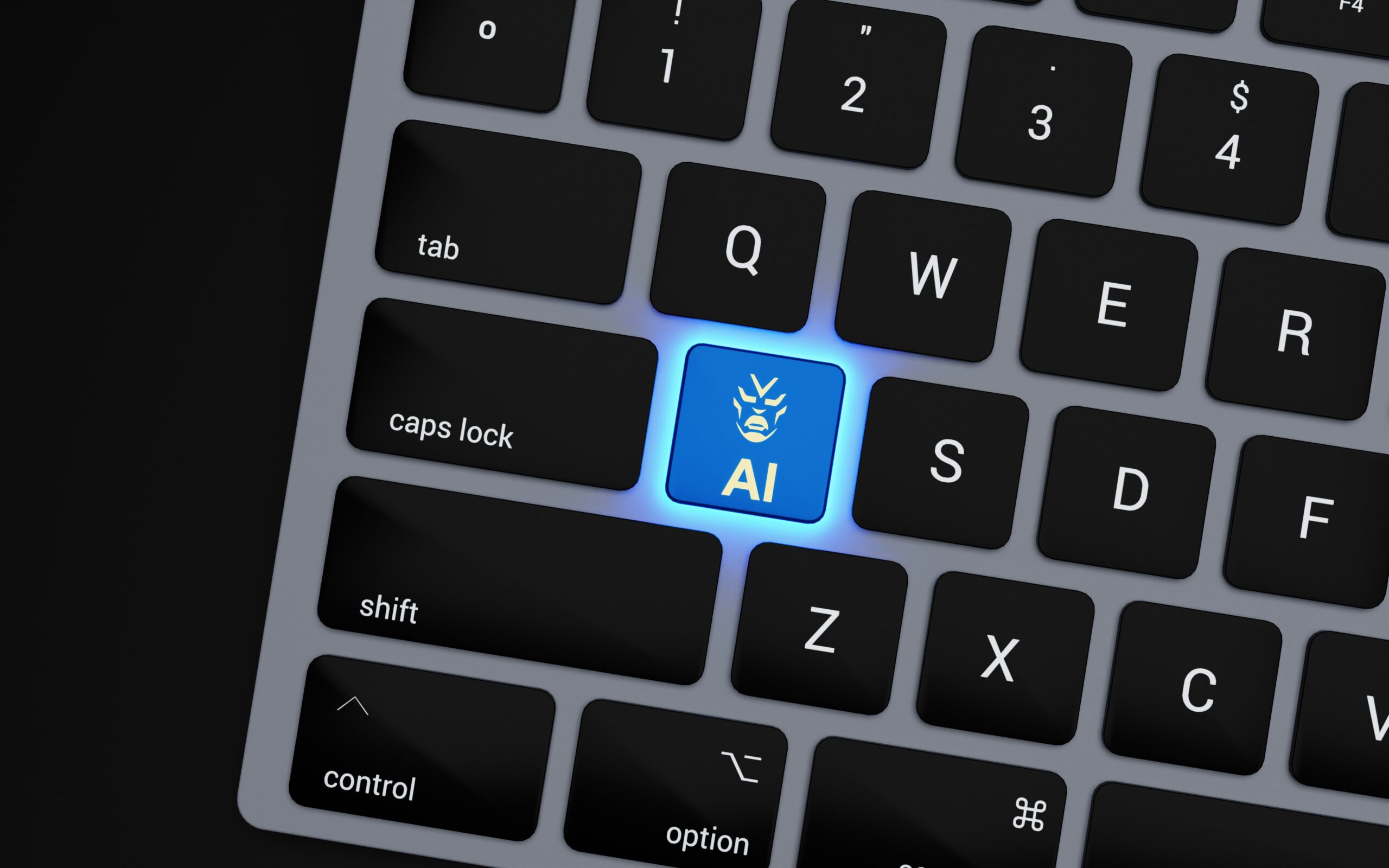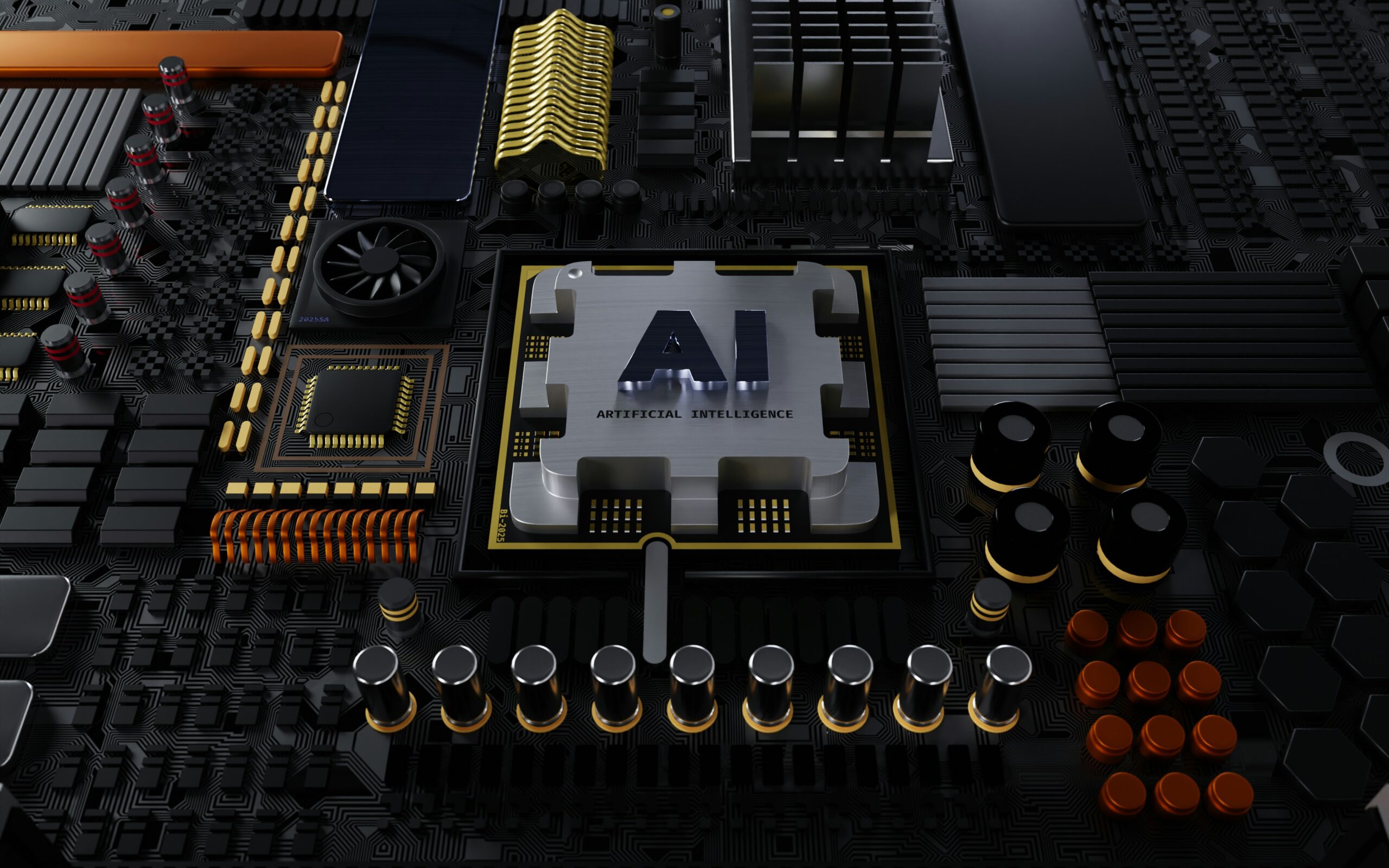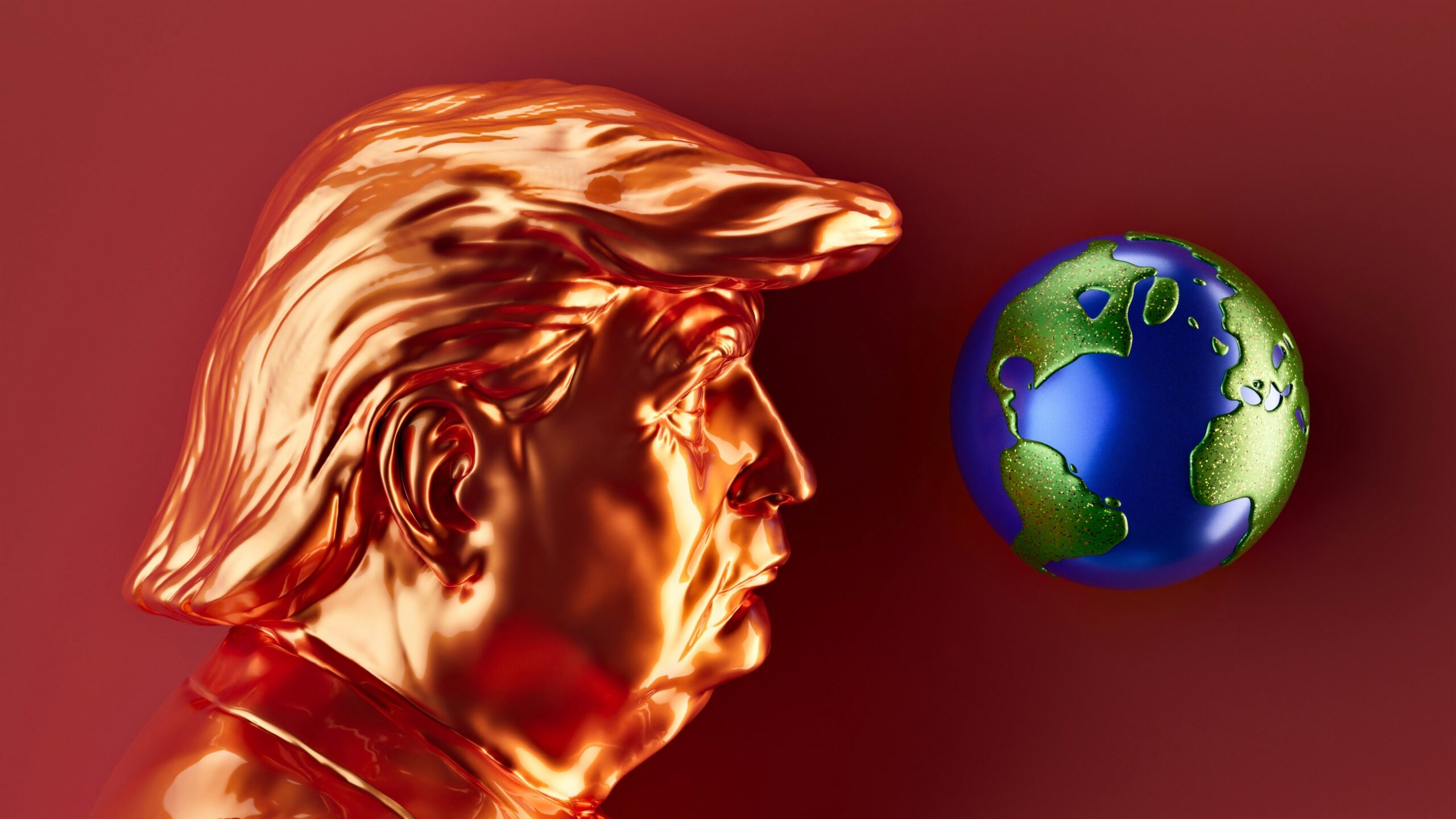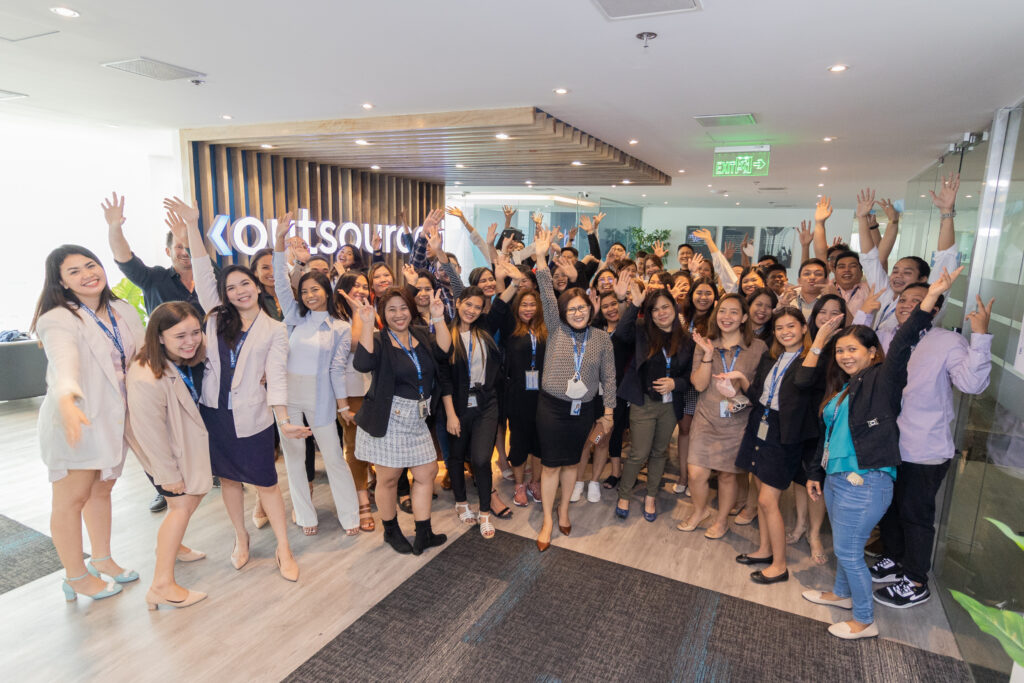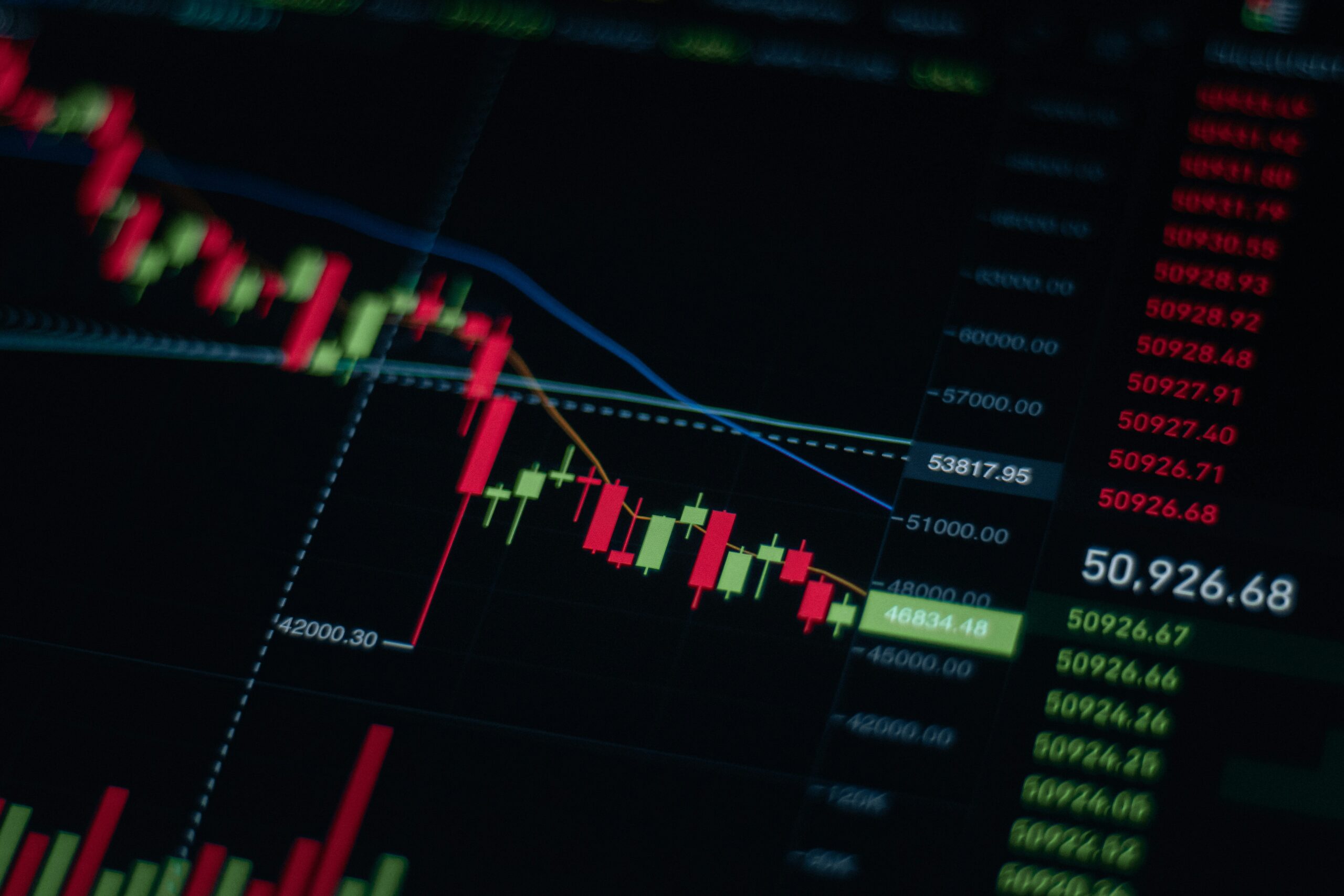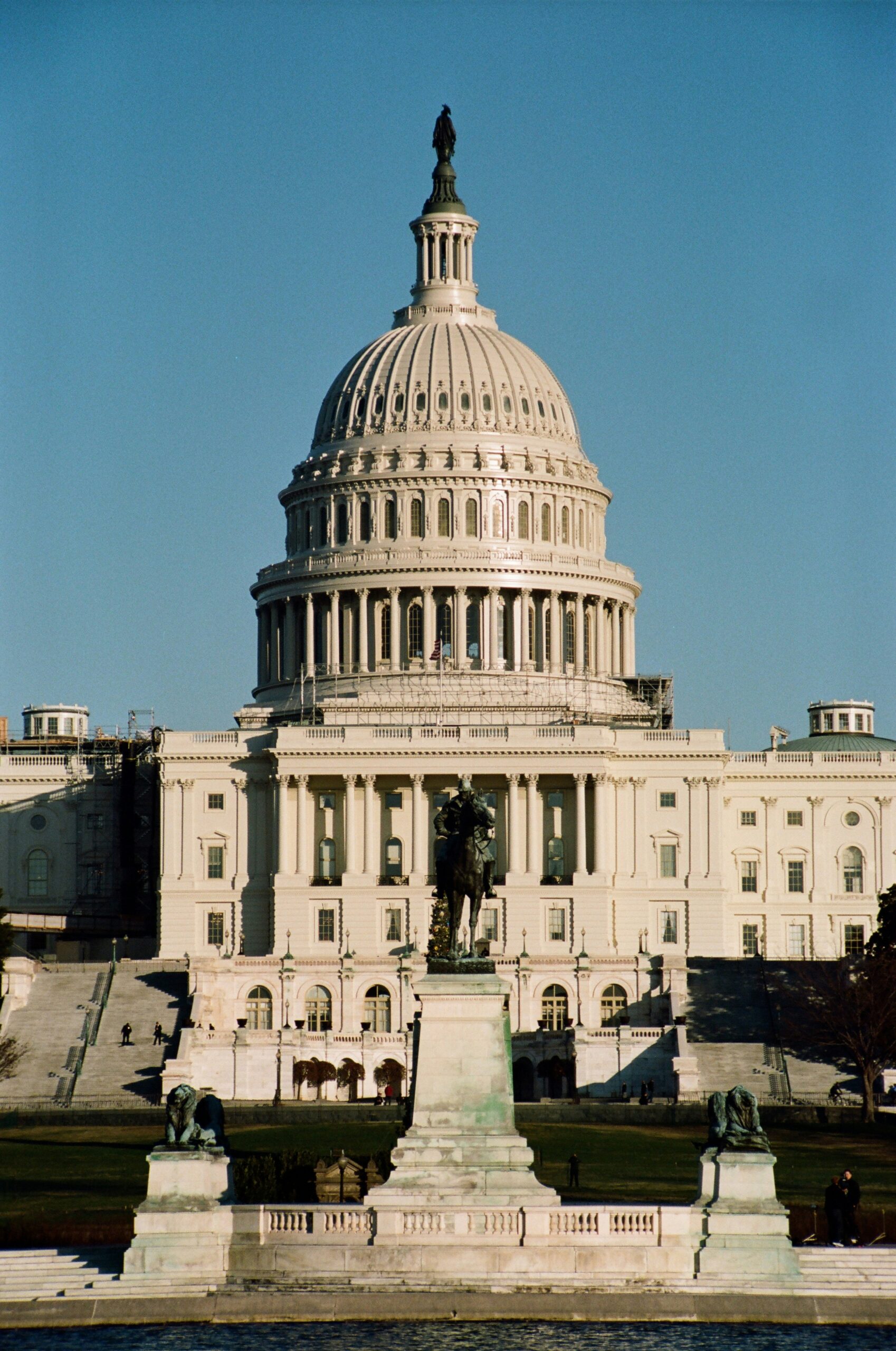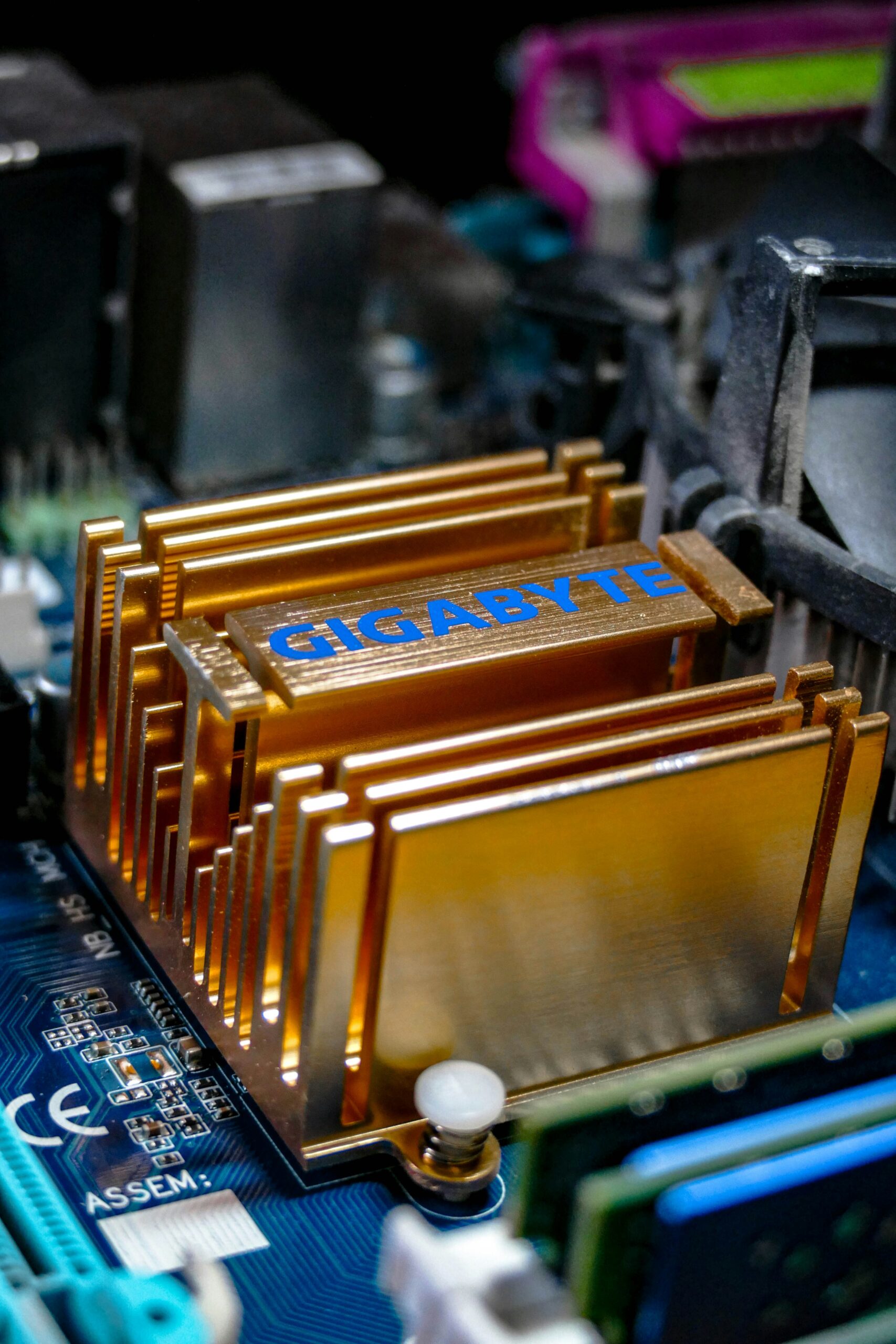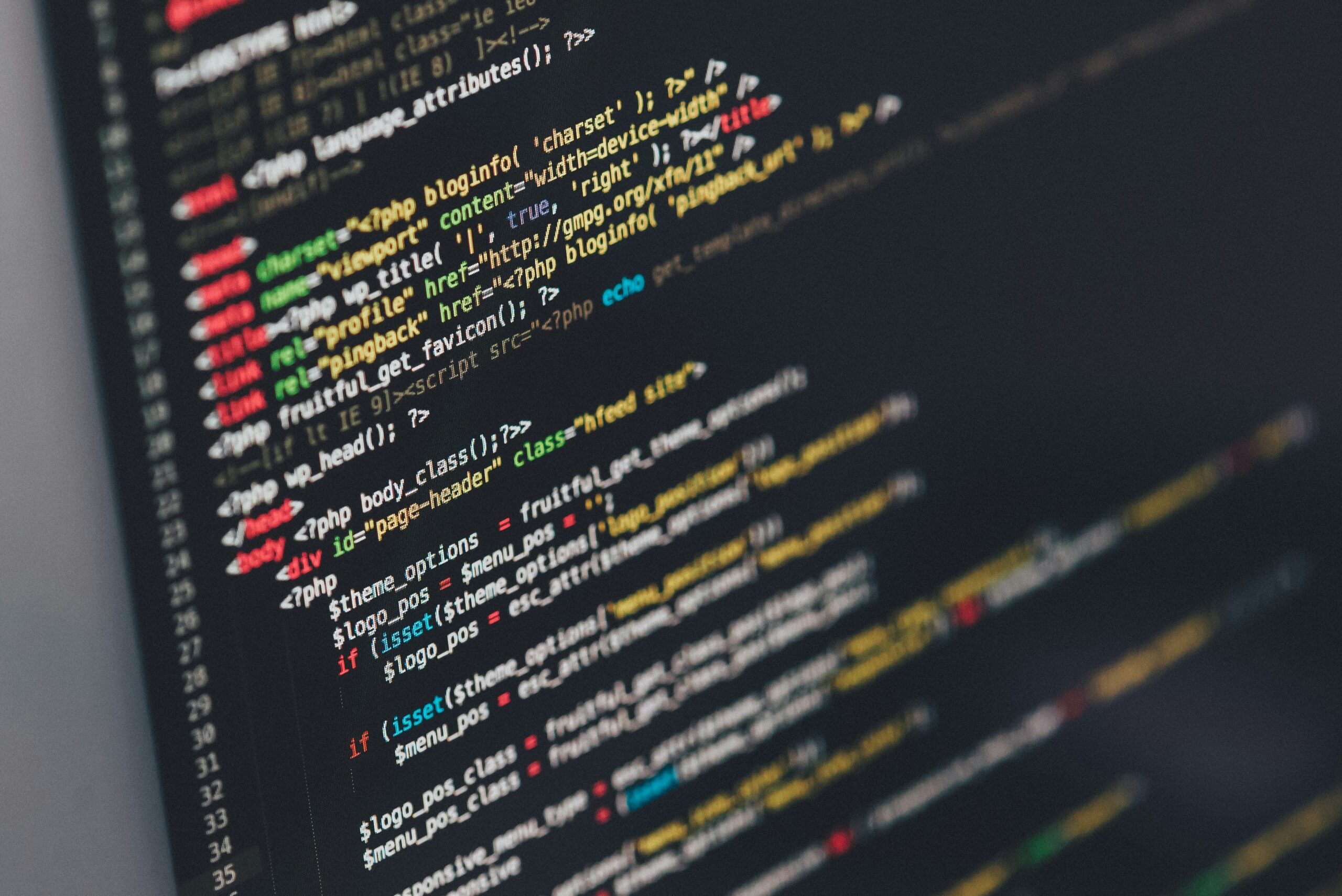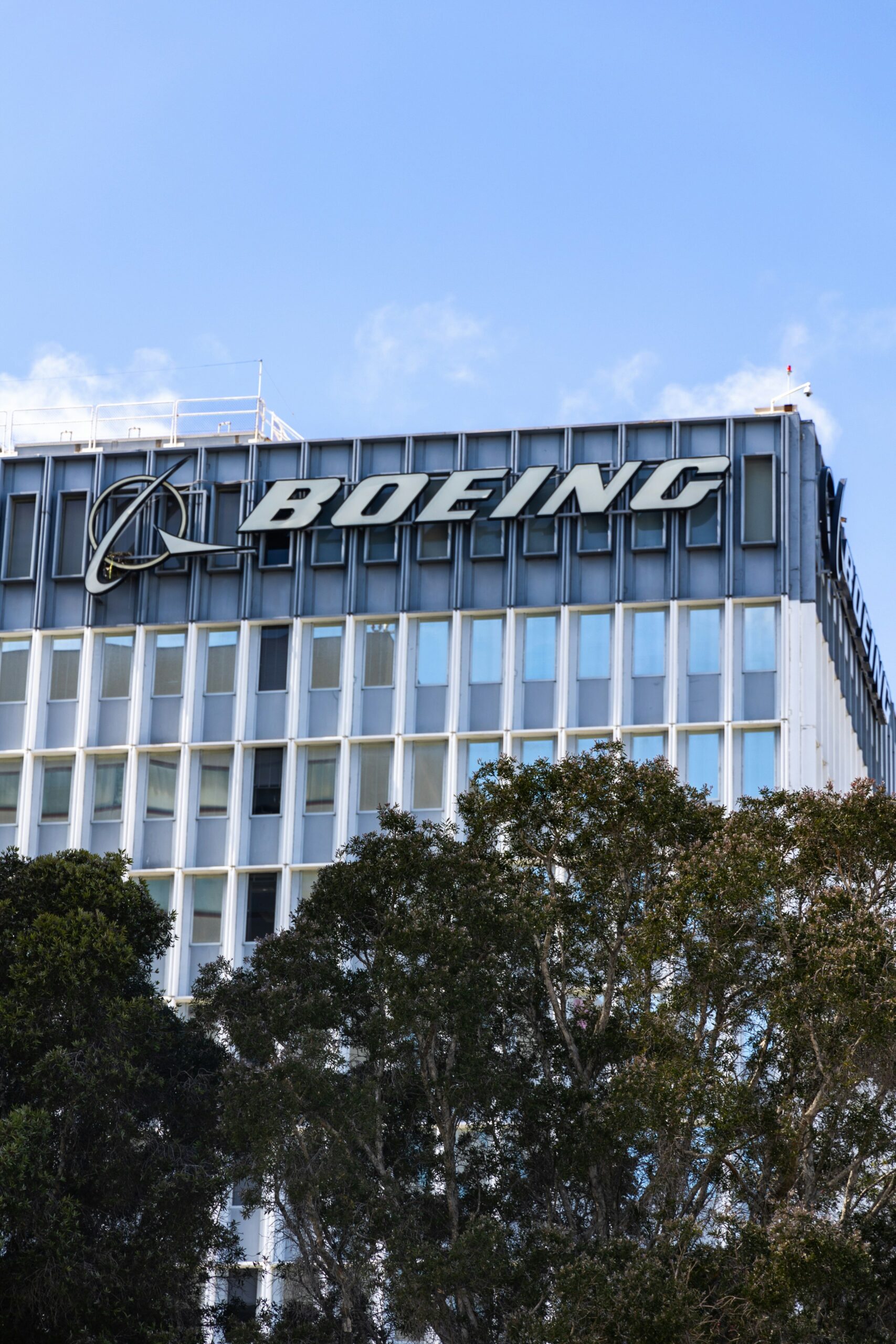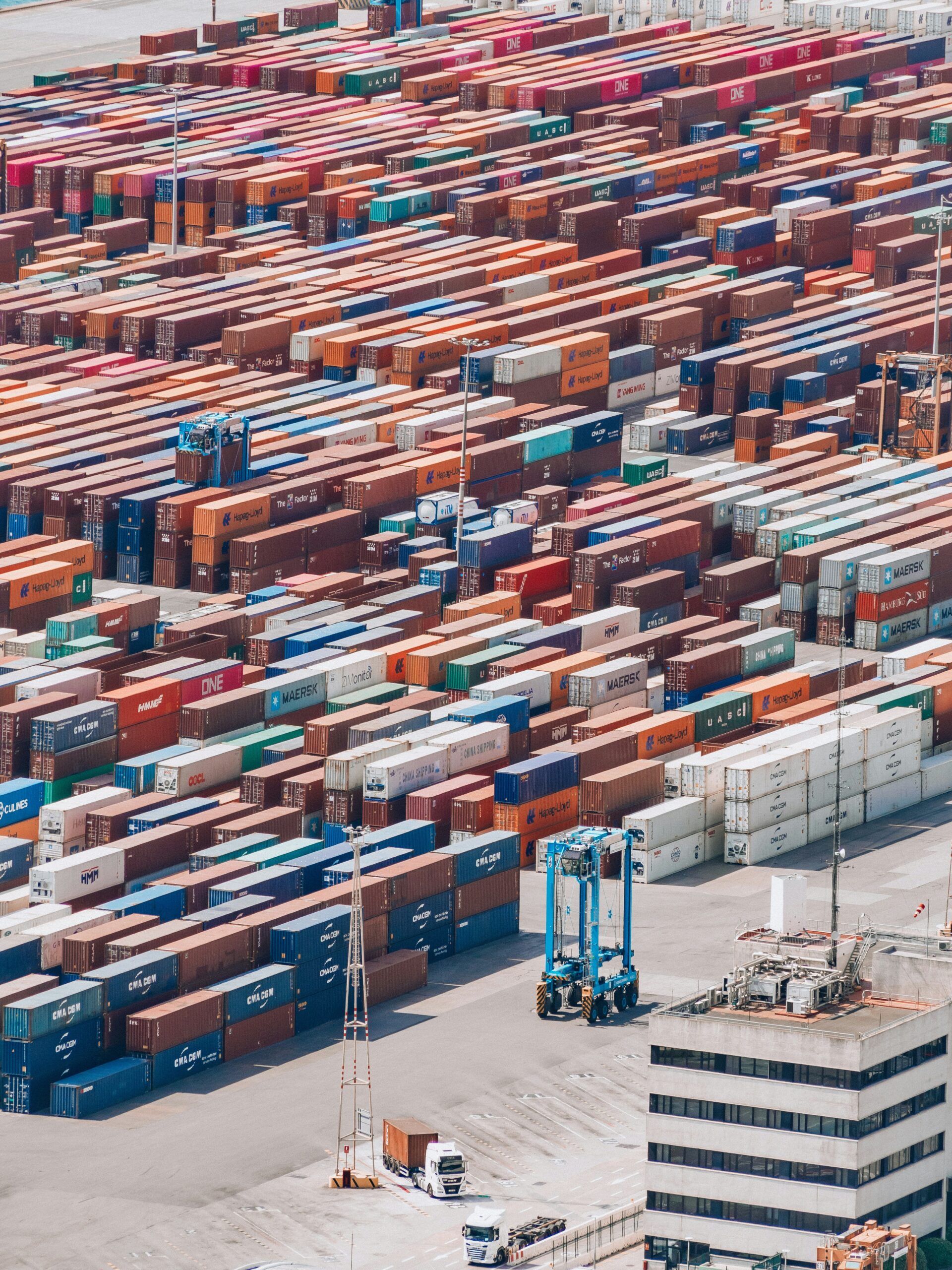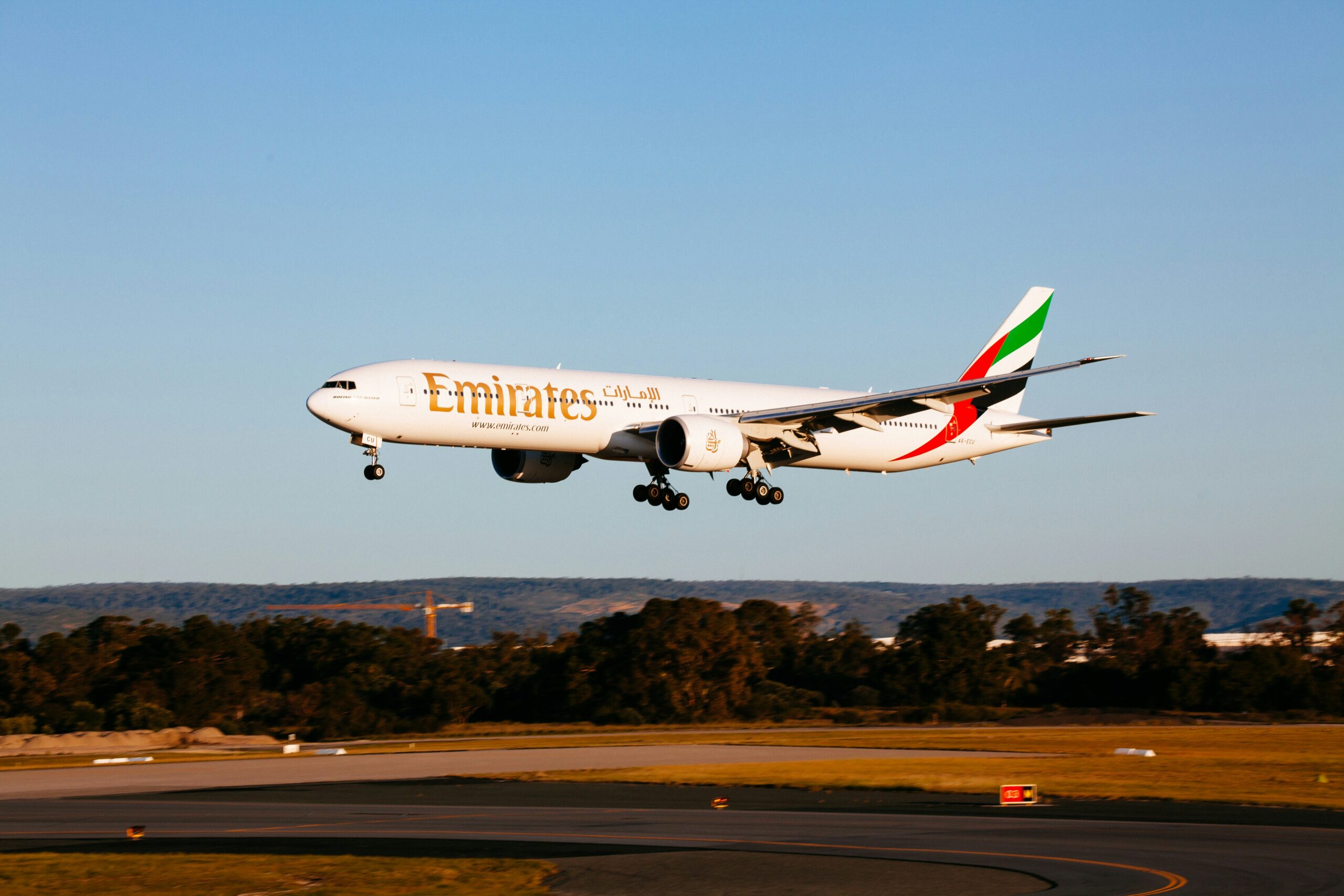Image credit: Unsplash
China’s generative AI, a technology that most think might revolutionize global trade, is ahead of the rest of the world. With China already leading the world in AI patents and strong government support, a dominant shift with their generative AI technology looks all too likely to be finalized soon.
On the other hand, the new innovation race between China and the United States, the world’s two largest economies, will be indispensable in creating a productive economic force in global trade and innovation. Competition with the second-largest economy in the world could further complicate already-strain-ridden US-China relations.
Robert Khachatryan, CEO of Freight Right Global Logistics stated, “Intel concurs: ‘China is making huge investments in AI research and development.’ To wit: As of 2020, the country announced a five-year AI and high-tech sector investment plan to the tune of $1.4 trillion.”
The Biden Administration recently announced a new policy: a maximalist approach for federal agencies evaluating and possibly mitigating the risks such AI systems could pose. Meanwhile, European leaders fret about being left behind: Norway’s oil fund chief said American companies are racing ahead of European tech innovation and called for EU economic self-reliance.
In a study done by SAS and Coleman Parkes Research, 83% of respondents in China in varying industries are using generative AI, compared with only 65% of US firms and a global average of 54%. This could mean not just immense changes in AI adoption but also affect the global market dynamics, competitive advantages in banking, manufacturing, and other industries.
But the success of China goes well beyond just acquisition rates: In a recent report by the United Nations World Intellectual Property Organisation, it emerged that among these countries, China leads in terms of generative AI patents, with more than 38,000 filed between 2014 and 2023 compared with the US’s 6,276.
It is in this area that China’s regulatory environment has been highly influential in China’s AI success. “China’s approach to regulation has unsurprisingly taken a China-first approach,” said Nicholas Rioux, CTO of Labviva. “Regulations are being implemented to ensure local market dominance for Chinese firms at the expense of foreign competitors.”
China could leverage such an AI advantage for an economic lead in sectors such as e-commerce, manufacturing, and finance, allowing firms in China to reap the benefits of more efficient operations, cost savings, and innovative products. “I equate a nation having economic control of emerging AI technologies to owning the internal combustion engine. It will have that much impact, if not more,” added Rioux.
Such technological superiority could alter the course of world trade, and it would probably strain China’s relations with most other nations, but especially with the United States. The rivalry would further stoke tension over technology and the rights of intellectual property.
While China has made many gains, the United States has not been standing still. Recently, the U.S. government has been stepping up its efforts to reduce the export of advanced AI technologies to China in the hope of slowing China’s technological progress and keeping the United States ahead. In October 2022, the Biden administration imposed sweeping export controls on advanced computing chips. In a move more recent than that, the U.S. is considering further restrictions on the export of AI software and cloud services to China.
These are the latest steps in Washington reflecting increasing concerns over China’s rapid advances in AI and what that might mean for national security and economic competitiveness. However, little is known about whether these measures will work in slowing down China’s artificial intelligence momentum.









